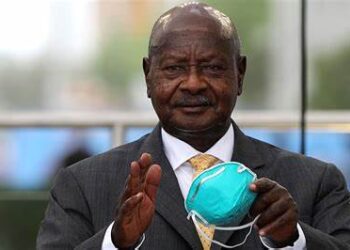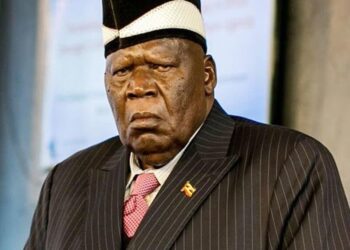By THE INDEPENDENT UG
Winning the war of tariff affordability and losing the war of sustainability of electricity sub-sector
COMMMENT | HARRISON MUTIKANGA | A decade after the publication of Andrew Mwenda’s article, “Electricity cost going up 40%: but who benefits most from subsidies to UMEME?” in the Independent (Issue No.196, January 13-19, 2012), concerns persist regarding the details of Uganda’s electricity pricing, subsidy policies, and their consequences.
Mwenda’s call to eliminate subsidies as economically unsustainable and favoring the affluent over the impoverished prompts a deeper exploration into Uganda’s electricity pricing policy. Globally, utility pricing, particularly for electricity, remains a complex issue, balancing conflicting objectives of full cost recovery and service affordability.
Electricity pricing serves as a regulatory tool, balancing the need for service reliability with affordability. State-owned companies (SOCs) in Uganda (UEGCL, UETCL, and UEDCL) rely on government subsidies, assuming consistent support. However, this dependence on subsidies becomes unsustainable with competing government priorities. According to the World Bank, a utility achieves long-term financial sustainability when all costs are fully recovered from consumer payments.
Uganda’s Energy Policy 2023 outlines ambitious targets, necessitating substantial investments. However, achieving these targets requires addressing financial sustainability challenges. The Electricity Regulatory Authority (ERA) aims to reduce end-user electricity tariffs, emphasizing affordability. This focus on tariff reduction, while critical, may conflict with other policy objectives, such as increasing generation capacity.
Government subsidies to the electricity subsector aim to make electricity affordable and attract investments. However, these subsidies may compromise service quality, particularly supply reliability. A tariff of 5 US cents per kWh for industries, while intended to support manufacturing, requires subsidies, impacting service quality.
Subsidies, meant to benefit the poor, also benefit profitable entities, such as commercial apartments and hotels. This results in unequal distribution and places a burden on SOCs, leading to operational inefficiencies and power outages. Private electricity companies, charging full-cost recovery tariffs, remain sustainable and profitable.
Proposed tariff reforms include removing generation tariff subsidies for full cost recovery, reconsidering subsidies for industries based on need, and redirecting resources toward ensuring the long-term financial sustainability of the electricity subsector.
In conclusion, the electricity subsector’s financial sustainability requires decisive action to balance tariff affordability with achieving long-term objectives.
*****

Dr. Eng. Harrison E. Mutikanga is Chief Executive Officer Uganda Electricity Generation Company Limited (UEGCL)







Discussion about this post